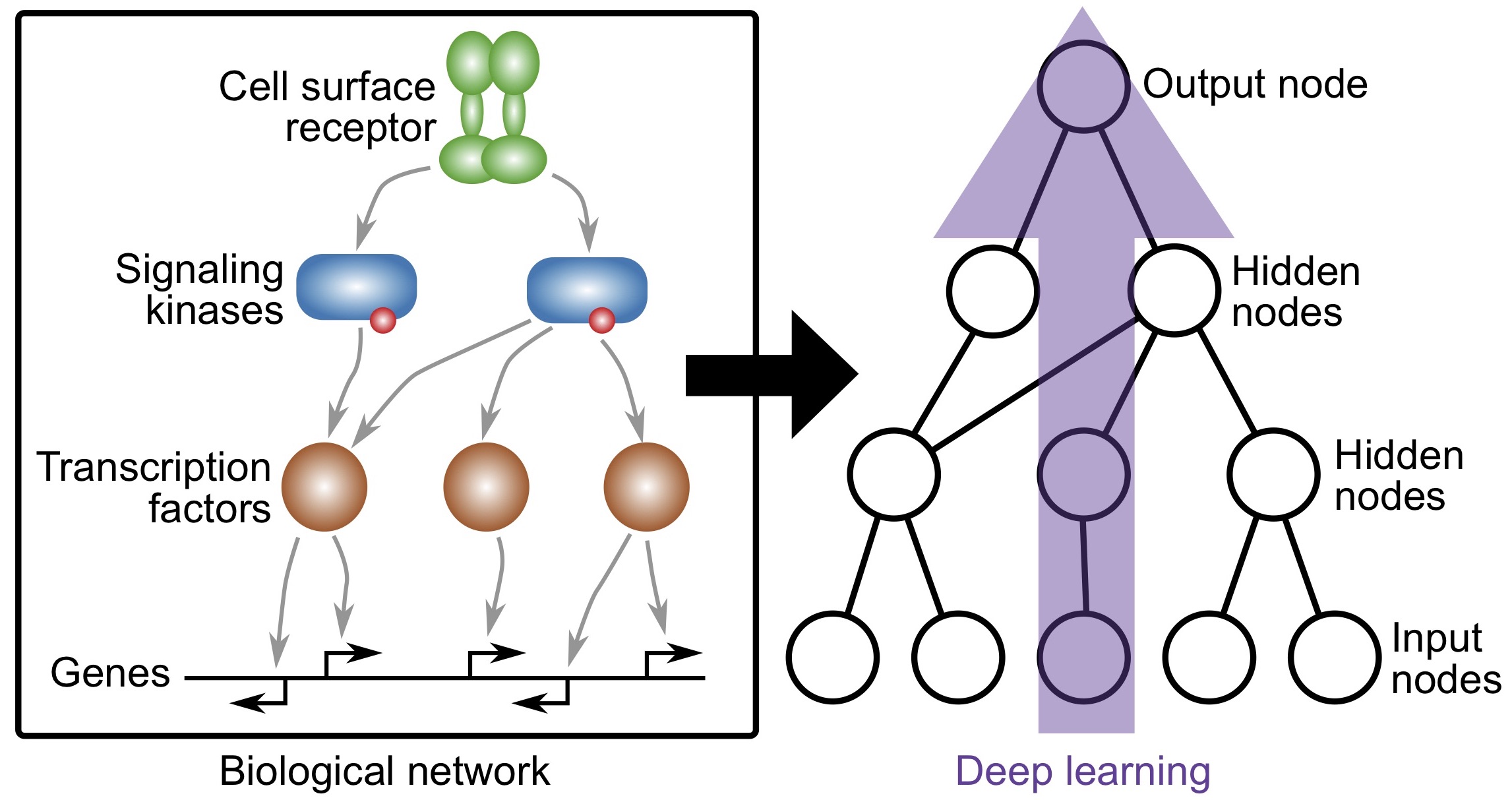Computational Systems Biology
The group’s research aims to understand the function and dysfunctions of biological systems on a molecular level, taking into account the complexity arising from the interplay of biomolecules in large regulatory networks. This work is enabled by the availability of big biological datasets that are generated by high-throughput, biochemical profiling methods. Relevant data include transcriptomics, proteomics, or epigenomics, which are often assayed in combination (“multi-omics”) and at cellular resolution (“single-cell”). The computational methods we use mirror this biological complexity, spanning advanced statistics, machine learning, and network science.

Key contributions
Systematic functional screening of chromatin factors identifies strong lineage and disease dependencies in normal and malignant haematopoiesis
Lara-Astiaso*, Goñi-Salaverri*, Mendieta-Esteban* et al., Nature Genetics (2023)
https://doi.org/10.1038/s41588-023-01471-2
Single-cell transcriptomics and epigenomics unravel the role of monocytes in neuroblastoma bone marrow metastasis
Fetahu*, Esser-Skala*, Dnyansagar* et al., Nature Commununications (2023)
https://doi.org/10.1038/s41467-023-39210-0
Reliable interpretability of biology-inspired deep neural networks
Esser-Skala and Fortelny, NPJ Systems Biology and Applications (2023)
https://doi.org/10.1101/2023.07.17.549297
Knowledge-primed neural networks enable biologically interpretable deep learning on single-cell sequencing data
Fortelny and Bock, Genome Biology (2020)
https://doi.org/10.1186/s13059-020-02100-5
Structural cells are key regulators of organ-specific immune responses
Krausgruber* and Fortelny* et al., Nature (2020)
https://doi.org/10.1038/s41586-020-2424-4
Can we predict protein from mRNA levels?
Fortelny et al., Nature [BCA] (2017)
https://doi.org/10.1038/nature22293
Network Analyses Reveal Pervasive Functional Regulation Between Proteases in the Human Protease Web
Fortelny et al., PLoS Biology (2014)
https://doi.org/10.1371/journal.pbio.1001869




